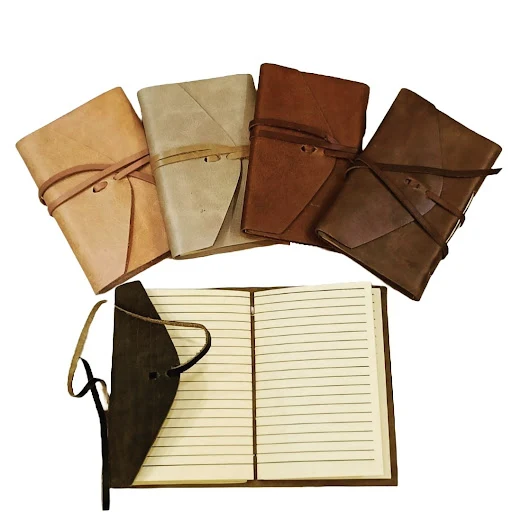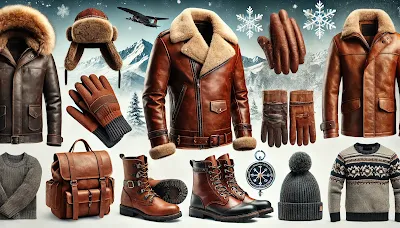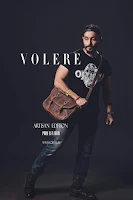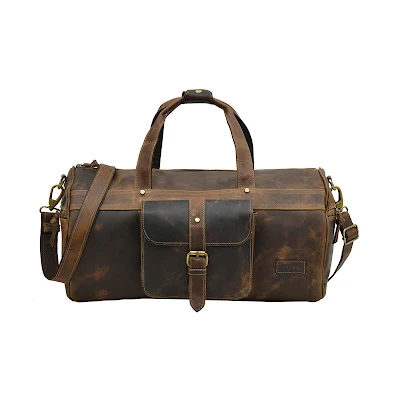Identifying pure or genuine leather can be tricky, but there are a few key indicators to look out for. In this article, we discuss some ways to identify real leather, such as checking the texture and grain, looking for imperfections, smelling the leather, checking the edge, and conducting a water test. By following these tips, you can ensure that you are getting a high-quality leather product and avoid being misled by synthetic materials advertised as genuine leather.
There are a few ways to identify genuine or pure leather:
- Look for texture and grain: Genuine leather will have a unique texture and grain pattern that is not uniform, meaning that no two pieces of leather will look the same. You should be able to see pores, wrinkles, and other natural marks on the surface of the leather.
- Check for imperfections: Genuine leather will have natural imperfections such as scars, insect bites, and other marks that show the animal's life. These imperfections are proof that the leather is not synthetic.
- Smell the leather: Real leather has a distinctive smell, often described as earthy, musky, or like a new car smell. Synthetic materials, such as PU or faux leather, usually don't have a distinctive smell.
- Check the edge of the leather: Genuine leather has a rough edge that is not perfectly smooth, while synthetic materials usually have a clean, uniform edge.
- Check the price: Genuine leather is more expensive than synthetic materials, so if you see a product advertised as leather at an unusually low price, it is likely to be synthetic.
- Conduct a water test: Leather is porous and will absorb water, while synthetic materials will repel water. Drip a few drops of water onto the surface of the leather and observe if it absorbs or beads up. Genuine leather will absorb water slowly without leaving any trace.
Overall, it is important to be cautious when purchasing leather products to avoid being misled by artificial materials that may be advertised as genuine leather.



.jpg)
.jpg)


.jpg)

















.jpg)

.JPG)


.jpg)

